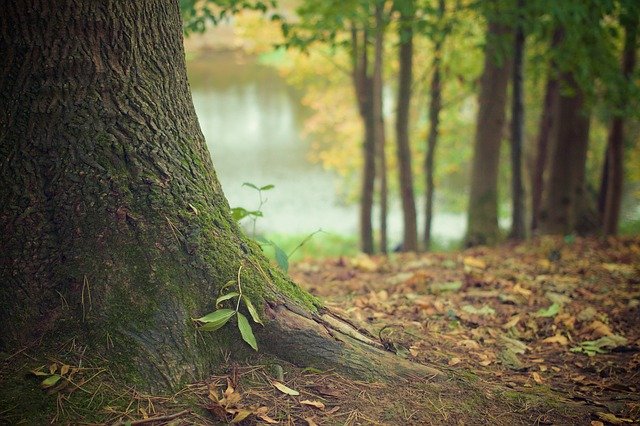
Biotypology is the study of the characteristic forms of living organisms
The science that is dedicated to the study of biotypes is called biotypology . To understand the notion, therefore, we must first focus on the concept of biotype .
The biotype
With etymological origin in the scientific Latin biotypus , in turn derived from the Greek words bíos (which translates as “life” ) and týpos (that is, “type” ), the term biotype is used in biology and psychology. . In the first case, the characteristic shape of a plant or animal is called a biotype, which is taken as a model for its class or species.
Livestock farming , for example, resorts to the use of biotype to refer to the characters that are common to a group of individuals . These characteristics make the specimens suitable for a particular production. Biotypology, in this way, investigates the different biotypes and their properties.
Plant biotypology
As mentioned above, plants are also divided into various biotypes, and therefore their study is necessary for a correct classification. Like any other living being, plants must adapt to the environment , climatic conditions and the rest of the organisms that surround them. As part of this process, different external structural and morphological characters emerge.
These outstanding characters are grouped into categories that are essential to understand the formations and colonies of plants on our planet, and they are nothing other than the so-called biotypes . The range of complexity with which biotypes can be classified is quite wide, but it starts from biological forms that anyone can recognize in a plant, such as being a tree and a shrub .
In 1929, for example, the Spanish naturalist Emili Huguet i Serratacó classified plant species according to their habitat, and thus gave rise to biotypes such as the following: xerophytia, psychrophytia and limnophytia , among others. Huguet also dedicated himself to geography and stood out for his numerous innovations; For example, he was the first to bring the fields of soil science and geobotany to his country. Despite his contributions, he never worked in the academic field.
Another work relevant to plant biotypology is Raunkiær's system , which categorized biological forms according to the location of the shoots, that is, the point at which they grow. Based on his research, which was published in the mid-1930s, other scientists followed in his footsteps and fed their theories with new perspectives .
in psychology
For psychology , a biotype is a personality linked to a certain morphological structure . Biotypology, in this framework, is the discipline that examines people taking into account their psychological and physical traits in an integrated way, characteristics that are manifested in their behavior and ways of acting.
The German doctor Ernst Kretschmer (1888-1964) proposed a biotypological classification method in his book “Constitution and Character” which became a reference. This specialist distinguished between three typologies according to temperament (there are viscous , cyclothymic and schizothymic individuals) and four typologies according to physical appearance ( dysplastic , athletic , pyknic and leptosomatic ). He also established relationships between these categorizations.

Criminal biotypology understands the body and mind as a whole
Criminal biotypology
Criminology, a science that focuses on the study of the causes and situations of crimes, also takes advantage of the concept of biotypology . In this case, it is said that a person's physical traits are linked to their psychological ones.
Since its emergence, criminology has attempted to find an explanation for the behavior of criminals . Precisely, the biological school points out that this originates from a series of biological alterations in the person. Criminal biotypology studies the individual as a whole, including his physiology , his morphology and his psychology .
